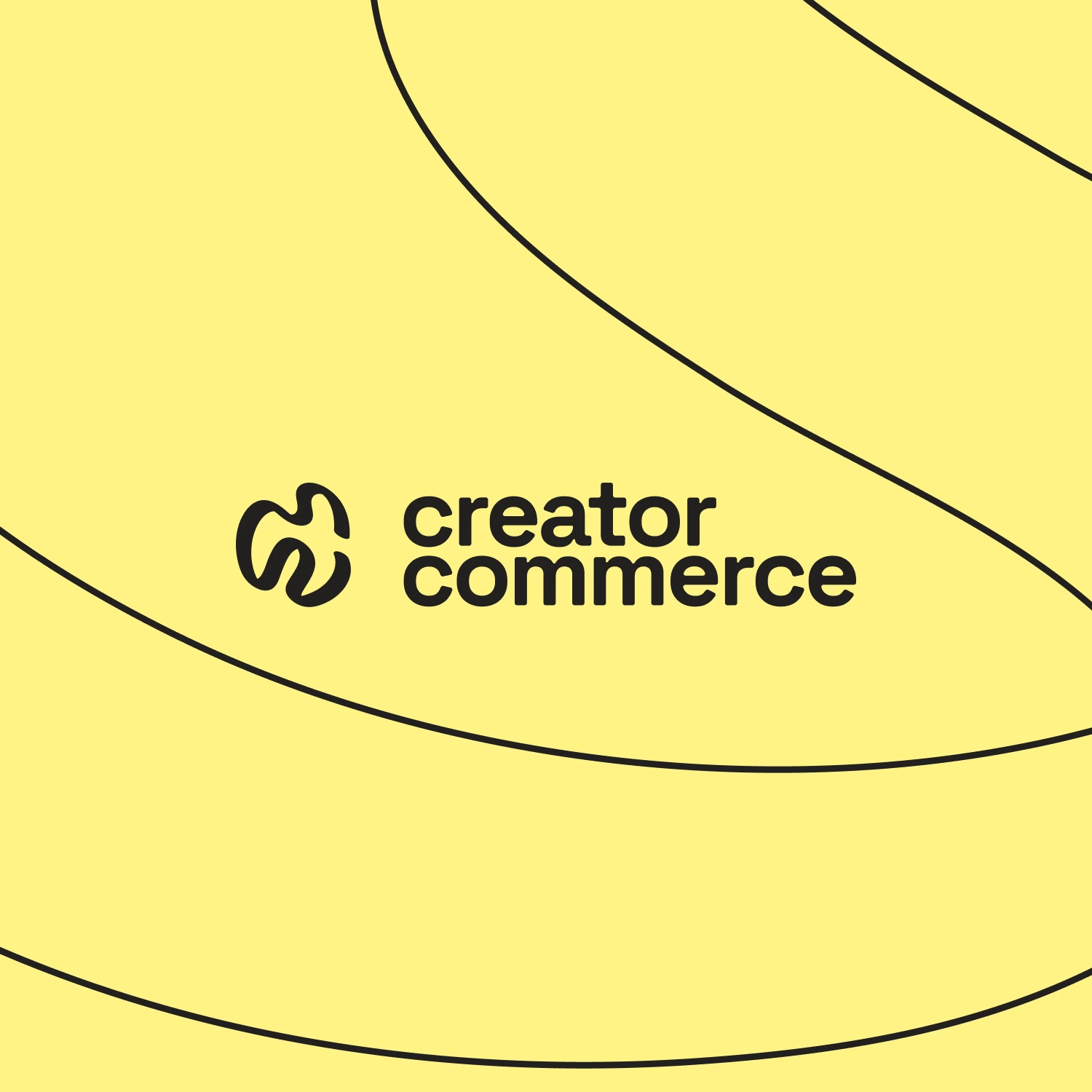If the standard collaboration data (name, email, bio, collections, products) feels too limiting for how your brand wants to operate, Custom Fields open the doors wide.
Why Custom Fields Exist
Most brands have brand-specific questions they want creators, ambassadors, or partners to answer—questions Shopify or standard collaboration software will never think to include out-of-the-box.
With Custom Fields, you can ask literally anything that helps your team run the program smarter:
- Want to store a creator’s height, waist size, or preferred fits for product seeding?
- Want them to submit a recipe, playlist, or content concept for a drop?
- Want info to personalize storytelling—like their dog’s name, favorite scent, or top 3 wellness rituals?
- Need pro-level metadata like shoot dates, UGC licensing terms, or discount rules?
Custom Fields let your brand think beyond vanilla profile inputs and build the exact data model you need.
Where Custom Fields Live (Scopes Explained)
Each Custom Field is defined by a scope—basically, where the field sits and how often it needs to be filled out.
1. Collaboration-Level Fields
Set once per collaboration.
Useful for any data about the person or the overall partnership.
Examples:
- “Preferred hoodie size”
- “Bio for branded pages”
- “Instagram handle”
- “Name of your dog”
- “Any dietary restrictions?”
- “Favorite product categories”
If it doesn’t change across collections or products, it belongs here.
2. Collection-Level Fields
Set once every time the creator builds a collection.
Examples:
- “Theme of this collection”
- “Recipe description for this drop”
- “Collection story or hook”
- “Shoot location for the collection assets”
- “Hero headline copy”
Any field you want per drop, per holiday campaign, or per seasonal collection fits perfectly here.
3. Product-Level Fields
Set once for each product added to a collection.
Examples:
- “Why did you pick this product?”
- “Preferred variant or colorway”
- “Custom caption or selling angle”
- “Fit notes for apparel”
- “Creator’s testimonial”
These fields are the secret weapon for ultra-personalized PDPs inside co-branded storefronts.
What Merchants Can Build With Custom Fields
Brands use Custom Fields to power:
- Richer creator profiles
- Personalized landing page copy
- Smarter product recommendations
- Creator-specific merchandising
- UGC workflows
- Gifting and seeding logistics
- Creator onboarding funnels
- Collecting long-form content (recipes, stories, tips)
Because every field is structured and stored in your CreatorCommerce backend, it’s easy to reference in:
- Liquid templates
- Shopify metafields/metaobjects
- Automated emails
- Zapier/n8n flows
- Internal dashboards
- Exported reports
Your data stops being chaotic, and becomes fuel.
How to Create Your First Custom Field
1. Go to Your Custom Fields Settings
Inside your CreatorCommerce dashboard, navigate to Settings → Custom Fields.
There you’ll see three tabs: Collaboration, Collections, Products.
Choose the scope for the field you want to create.
2. Add a New Field
Hit “Add Field” and choose:
- Field Name
- Description (what the creator should know)
- Input Type (text, number, boolean, multi-select, file upload, etc.)
- Required or Optional
- Default Value (if any)
Every field created here will appear wherever creators interact with your storefront or onboarding flow.
3. Save & Publish
Once saved, the field becomes instantly available:
- In the Creator Portal
- Inside collection/product creation flows
- In your API responses
- As structured data you can render in Liquid
Creators won’t see fields that don’t apply to the scope they are working in.
How Creators Fill Out the Fields
Creators will see these fields in the natural flow of their workflow:
- Collaboration fields appear during profile setup or onboarding
- Collection fields appear when starting a new drop
- Product fields appear when adding or editing a product in a collection
You control the required fields, making sure you always get the data you need, exactly when you need it.
Best Practices
A few tips from brands that use Custom Fields at scale:
Keep fields tightly scoped
If the same question appears across collections or products, it probably belongs to a different scope.
Use clear labels
Creators blow through forms fast. Make it crystal-clear what you need and why.
Avoid over-collecting
Aim for “just enough data” to improve personalization without overwhelming creators.
Use fields to drive personalization, not clutter
If you’re not using it in your frontend, don’t ask for it.
Try structured inputs over free-text
Whenever possible, use dropdowns, radios, numbers—things your team can query and automate.
Wrapping Up
Custom Fields unlock a level of flexibility you don’t get from any other creator platform. They let you shape CreatorCommerce to fit your brand’s workflow, not the other way around.
By defining what matters—recipes, measurements, product insights, storytelling, metadata—you turn creators into richer partners and build co-branded experiences that feel genuinely personal.







%201.png)
%201.png)
